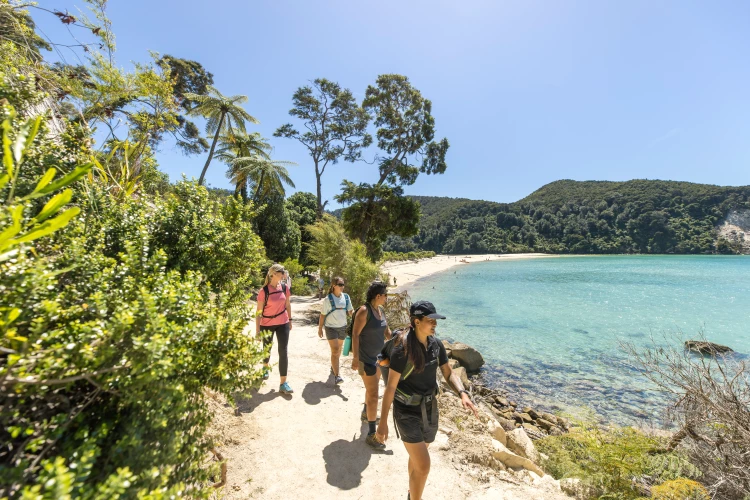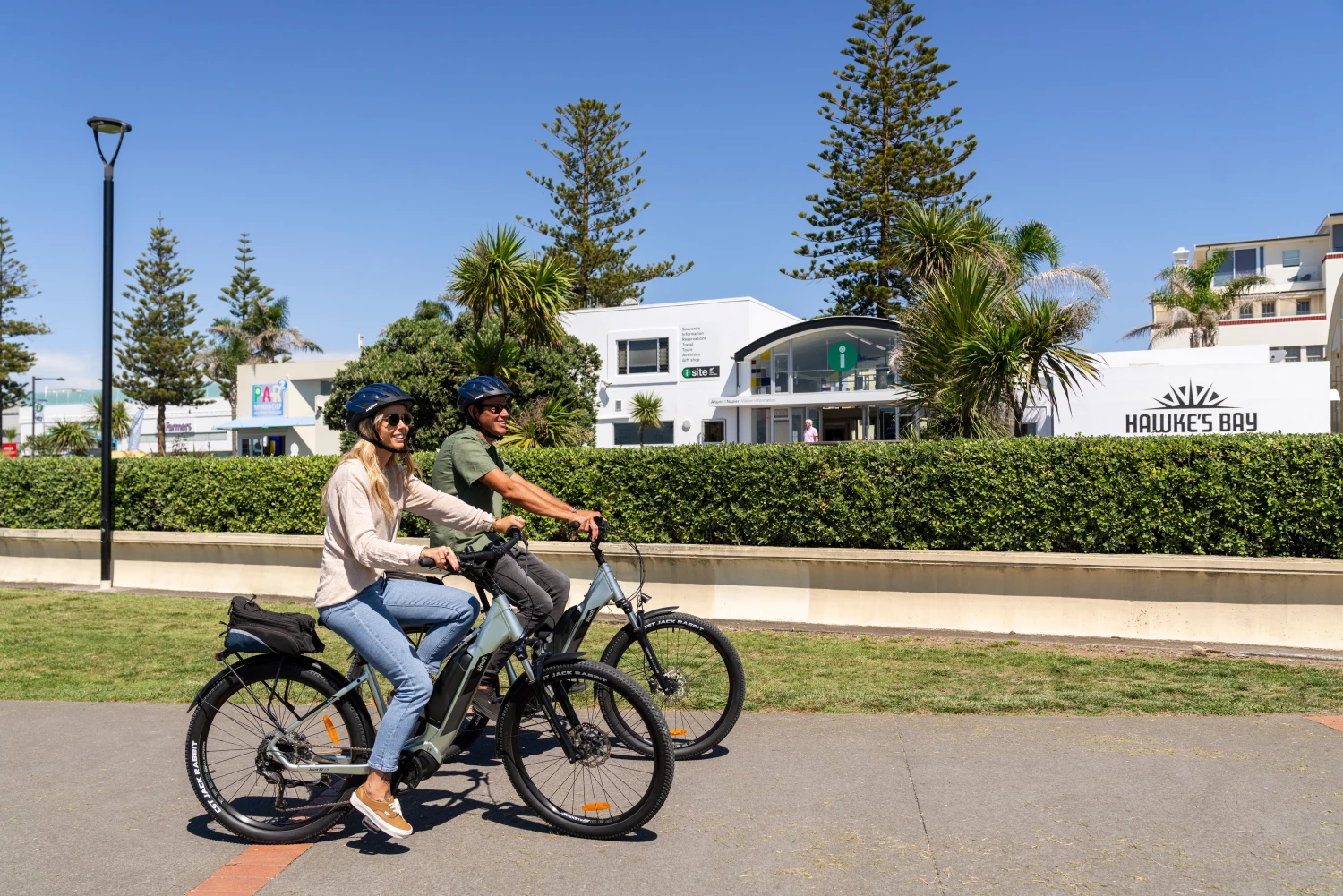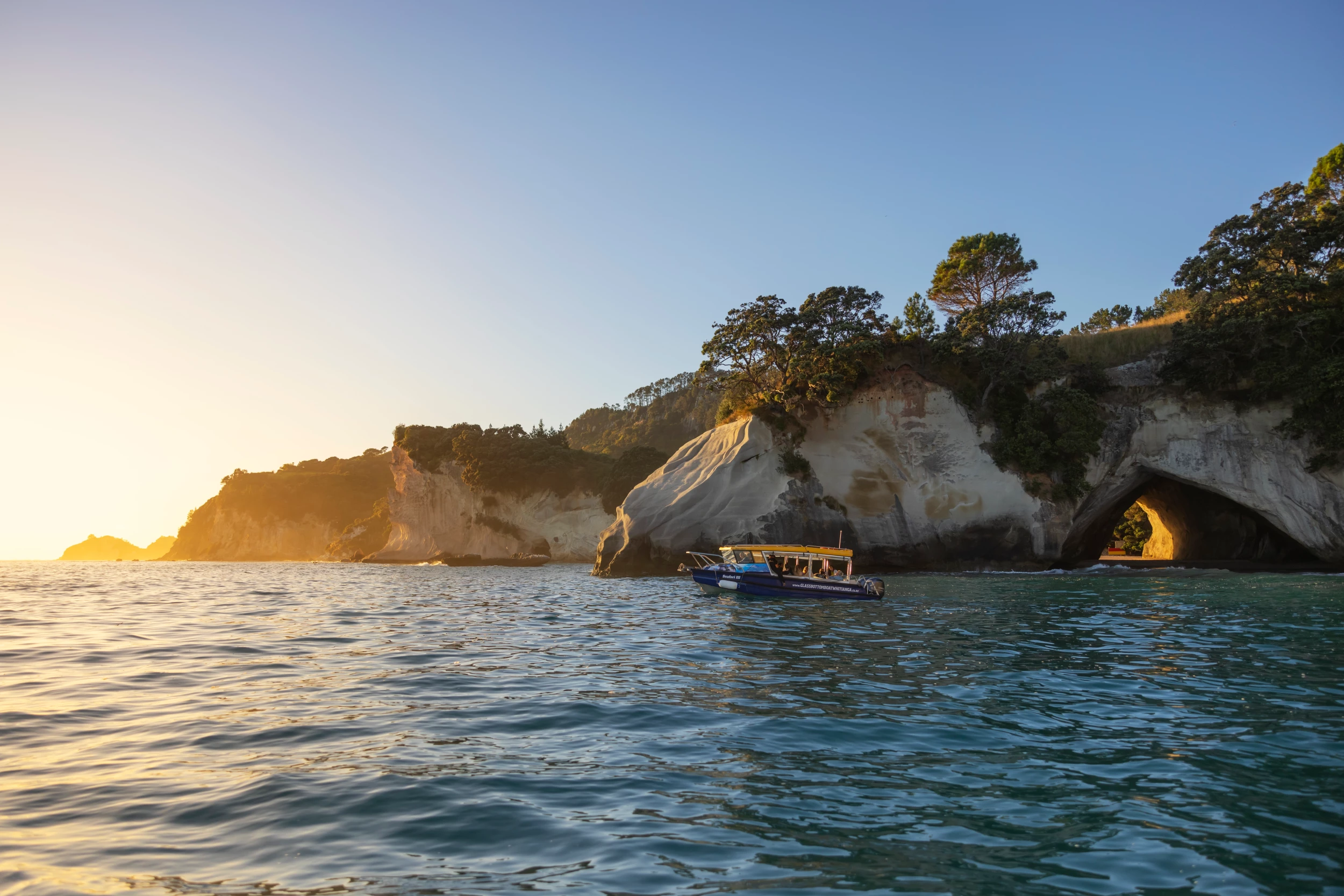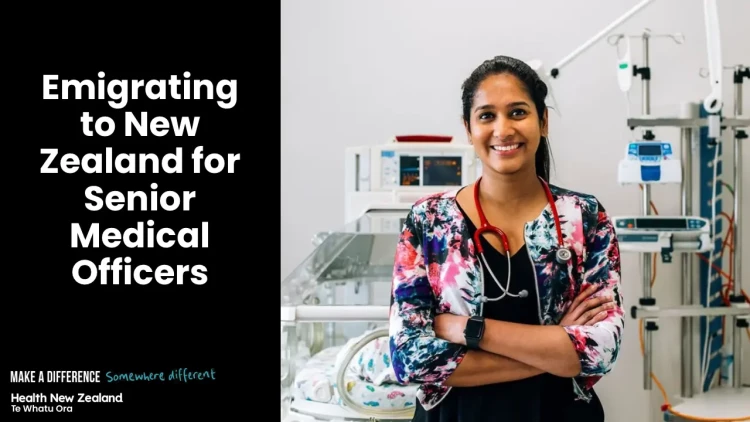- About Health New Zealand
- Locations
- Allied Health
- Midwifery & Nursing
-
Medical Officers
- All Senior Medical Officers (SMOs)
- Anaesthetists
- Dermatologists
- Emergency Medicine Specialists
- GPs & Rural Hospital Doctors
- General Medicine
- Obstetricians & Gynaecologists
- Oncologists
- Paediatricians
- Pain Medicine Specialists
- Pathologists
- Psychiatrists
- Radiologists
- Surgical Specialities
- Resident Medical Officers (RMOs)
- Specialist Teams

Obstetrics & Gynaecology
Obstetrics and Gynaecology in New Zealand plays a critical role in women's health, with a healthcare system designed to provide comprehensive maternity care and gynaecological services.
Photo location: Golden Bay, Tasman - Credit: Miles Holden
The uniqueness of Obstetrics & Gynaecology (O&G) in New Zealand
Obstetrics and Gynaecology (O&G) in New Zealand has several unique aspects that distinguish it from other healthcare systems around the world.
Women's health:
Gynaecologists in New Zealand manage a wide range of women's health issues such as endometriosis, polycystic ovary syndrome (PCOS), pelvic floor disorders, and gynaecological cancers. The system also focuses on providing preventive care and sexual health education.
Maternity services:
New Zealand's maternity care system provides various services through midwives, general practitioners, and Obstetricians. Low-risk pregnancies are usually managed by midwives, while obstetricians handle high-risk pregnancies or complications. Maternity care is largely government-funded and emphasises natural, patient-centred birth experiences.
Gynaecological Oncology service:
Health New Zealand provides a comprehensive Gynaecological Oncology service, supporting women across the country with specialised care for gynaecological cancers.
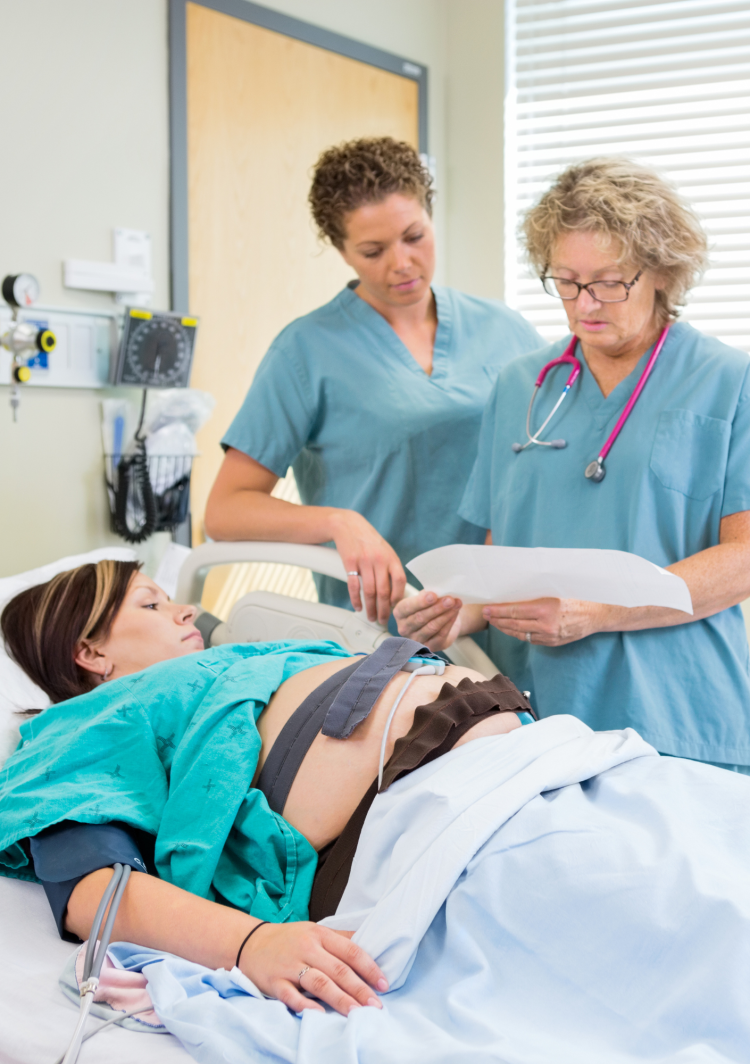
Midwife-led care system:
- New Zealand has a strong Midwife-led maternity care model, where Midwives often serve as the lead maternity caregivers, especially in low-risk pregnancies. Expectant mothers have the option to choose their lead maternity caregiver, which can be a Midwife, a general practitioner, or an Obstetrician depending on their health needs and pregnancy risk level.
- This system supports natural and patient-centred birth experiences, with a focus on home births, birth centres, and hospital births. Midwives are often the primary point of care unless complications arise, at which point Obstetricians become involved.
Publicly funded maternity care:
- New Zealand offers free maternity care for residents and citizens, funded by the government. This includes prenatal visits, birthing care, and postnatal visits up to six weeks after delivery. Obstetricians generally handle high-risk pregnancies or surgical interventions, while Midwives manage most routine deliveries.
Emphasis on cultural sensitivity and equity:
- The healthcare system in New Zealand, including O&G services, places a strong emphasis on ensuring equitable access for its Māori and Pacific populations. This includes efforts to improve maternal and gynaecological health outcomes in these communities, which historically have been disadvantaged.
- There is a growing integration of Māori health practices and the principles of Te Tiriti o Waitangi (Treaty of Waitangi) into obstetric and gynaecological care, emphasising culturally appropriate care and addressing disparities in health outcomes.
Maternity care in rural areas:
-
Like other medical specialties, O&G services face challenges in rural and remote areas of New Zealand. Working in rural New Zealand provides a wonderful opportunity to immerse yourself in the community providing specialist care to a diverse population while providing your family with a wonderful lifestyle.
-
Telehealth is increasingly being utilised to bridge the gap for remote communities, enabling better access to Obstetric and Gynaecological consultations.
Focus on natural birth and minimal intervention:
-
The New Zealand maternity system promotes a low-intervention approach to childbirth when it is safe to do so. This includes encouraging natural birthing processes, reducing unnecessary caesarean sections, and supporting women who choose to have home births or births in primary birthing units.
-
New Zealand’s approach contrasts with other systems where Obstetricians may be more directly involved in a broader range of deliveries, even for low-risk cases.
Advanced training and specialisation:
- Obstetricians and Gynaecologists in New Zealand undergo rigorous training under the Royal Australian and New Zealand College of Obstetricians and Gynaecologists (RANZCOG). There are ongoing efforts to ensure that training includes a deep understanding of the unique needs of New Zealand's diverse population, including the Māori and Pasifika communities.
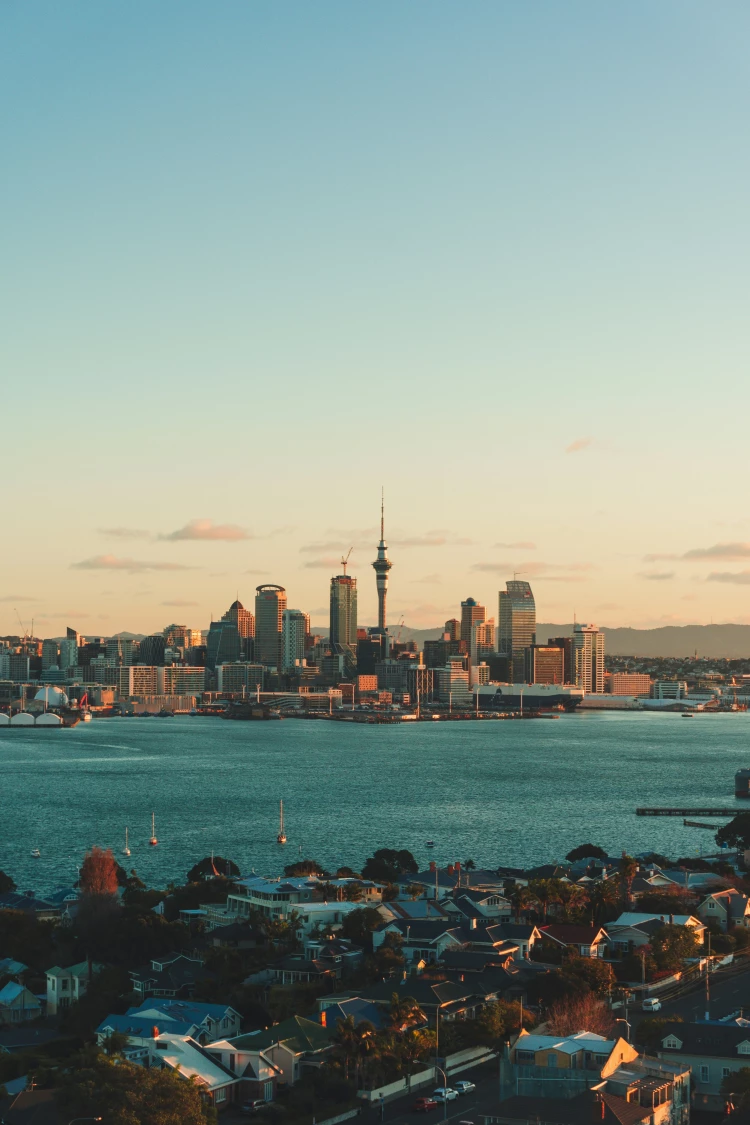
About the role
Salary, leave & benefits
Salary:
Senior Medical Officers receive a base salary relative to their level of experience. This is agreed upon at the time of the job offer. There is a 15-step pay scale that SMOs continue to progress through on a yearly basis.
In New Zealand, the salaries and benefits of some roles are determined by collective agreements between unions and employers. The full Senior Medical Officers collective agreement can be found on the Health New Zealand - Te Whatu Ora website here.
Additional allowances are paid on top of base salary and vary due to location and service, and are often not specified in the collective agreement.
Allowances:
There is a range of additional allowances for:
-
on-call,
-
evening, night and weekend work,
-
call back,
-
job size,
-
recruitment and retention,
-
and special contribution.
Leave:
-
6 weeks of paid annual leave.
-
A minimum of 10 days of sick leave per year.
-
10 days of paid Continuing Medical Education Leave (CME), plus the ability to use annual leave tacked onto the end of your CME travel.
-
6-12 months of parental leave, depending on the length of service, including 6 weeks of fully paid parental leave.
-
12 paid public holidays + time in lieu/alternative holiday if rostered on.
-
Long service leave + sabbatical opportunities.
Additional benefits include:
-
An annual Continuing Medical Education (CME) allowance of NZD $16,000 (pro-rated for part-time employees).
-
Membership subscriptions of medical professional bodies are reimbursed by Health New Zealand.
-
Your professional indemnity insurance is covered by Health NZ.
-
If eligible, up to a 6% matching superannuation contribution from Health New Zealand as your employer. Find out more here.
-
A relocation package for international candidates.
Leadership and career development opportunities:
Health New Zealand encourages Senior Medical Officers to be involved in the design, implementation and performance of facilities and technology involved in the delivery of healthcare services to ensure an effective, efficient and safe workplace.
Specific opportunities vary by location and service; however, they can include:
-
Support and encouragement for research and publications.
-
Mentorship opportunities for apprentice Junior Doctors/Registrars.
-
Regional and National networks allow for subspeciality research and practice.
-
Ongoing development and support for career growth with on-the-job coaching and a variety of in-house training programmes.
Roles & responsibilities
Below is an overview of their key roles and responsibilities:
Obstetric care:
-
Antenatal care: Monitoring and managing the health of pregnant women throughout their pregnancy. This includes regular check-ups, diagnosing any complications, and providing medical advice regarding fetal development, maternal nutrition, and exercise.
-
Labour and delivery: Overseeing and managing the childbirth process, including both natural and assisted deliveries. This may involve:
-
Performing caesarean sections if medically necessary.
-
Using techniques like forceps or vacuum extraction during difficult deliveries.
-
Managing complications such as breech births, pre-eclampsia, or premature labour.
-
-
Postnatal care: Ensuring the health of both mother and baby after delivery. This includes monitoring recovery from childbirth and addressing any postpartum complications.
Gynaecological care:
-
Diagnosis and Treatment of Gynaecological Conditions: Managing conditions related to the female reproductive system, such as:
-
Menstrual disorders (e.g., heavy bleeding, pain).
-
Endometriosis.
-
Ovarian cysts.
-
Uterine fibroids.
-
Pelvic organ prolapse.
-
-
Surgical interventions: Performing surgical procedures such as hysterectomies, laparoscopy, and myomectomies. Specialists may also manage more complex surgeries like repairing pelvic floor damage after childbirth.
-
Fertility treatments: Diagnosing and managing infertility issues, including performing procedures such as intrauterine insemination (IUI) or in-vitro fertilisation (IVF).
Family planning and contraceptive services:
-
Advising patients on family planning options and providing contraception solutions such as intrauterine devices (IUDs), contraceptive implants, and oral contraceptives.
-
Offering counselling and performing sterilisation procedures like tubal ligation.
Cancer screening and treatment:
-
Screening for and diagnosing gynaecological cancers such as cervical, ovarian, and uterine cancer. This includes performing pap smears, colposcopies, and biopsies.
-
Managing cancer treatment plans, which may include surgery, chemotherapy, or referrals to oncologists for advanced care.
Emergency care:
-
Managing Obstetric emergencies: Handling life-threatening conditions like severe haemorrhaging, ectopic pregnancies, or placental abruption. Immediate decision-making is often required in these scenarios to save both the mother and the child.
-
Urgent Gynaecological care: Responding to urgent cases such as ovarian torsion or ruptured cysts that may require immediate surgical intervention.
Education and advocacy:
-
Patient education: Educating women on sexual and reproductive health, prenatal care, and general well-being. Specialists play an important role in providing information on issues such as menopause, sexually transmitted infections (STIs), and healthy pregnancy.
-
Mentorship and training: In teaching hospitals, O&G specialists often train junior doctors, registrars, and medical students. They may also be involved in developing healthcare policies and programs focused on women's health.
Cultural competency and care for Māori and Pacific populations:
-
Providing culturally appropriate care that acknowledges and integrates Te Tiriti o Waitangi principles and the unique health needs of Māori and Pacific women.
-
Ensuring healthcare practices respect Māori traditions and values, particularly in maternity care.
Administrative duties:
-
Record keeping: Maintaining accurate and detailed medical records, including patient histories, treatment plans, and surgical reports.
-
Collaboration: Working closely with other healthcare professionals such as Midwives, Nurses, Paediatricians, and Anaesthetists to ensure comprehensive care for patients.
-
Compliance: Adhering to the guidelines, protocols, and ethical standards set by the Medical Council of New Zealand and the Royal Australian and New Zealand College of Obstetricians and Gynaecologists (RANZCOG).
Skills, experience, knowledge & qualifications
Obstetricians and Gynaecologists in New Zealand must meet rigorous educational, clinical, and professional standards, ensuring they are highly skilled and culturally competent. This is critical for delivering high-quality care in the country’s diverse healthcare system.
Medical professionals training in Obstetrics and Gynaecology in New Zealand typically undergo six years of medical school, followed by a comprehensive training program under the Royal Australian and New Zealand College of Obstetricians and Gynaecologists (RANZCOG). This involves advanced clinical experience and specialisation.
Skills:
-
Clinical Skills: Expertise in diagnosing, managing, and treating conditions related to pregnancy, childbirth, and reproductive health. This includes performing surgeries like caesarean sections, hysterectomies, and other gynaecological procedures.
-
Communication: Strong communication skills are critical for explaining diagnoses, procedures, and care plans to patients. This also includes counselling patients through sensitive health matters.
-
Teamwork: The ability to work collaboratively with midwives, nurses, paediatricians, anaesthetists, and other specialists in multidisciplinary teams.
-
Problem-solving: Obstetricians and gynaecologists must be able to think critically and act decisively, especially in high-pressure situations like complicated pregnancies or childbirth emergencies.
-
Cultural competency: Understanding of and respect for New Zealand’s diverse cultural landscape, including the ability to provide care that aligns with the principles of Te Tiriti o Waitangi and is culturally appropriate for Māori and Pacific populations.
Experience:
-
Postgraduate training: After completing medical school, O&G specialists must undergo specialist training, which takes about 6 years in New Zealand. This involves clinical rotations in obstetrics, gynaecology, and related subspecialties.
-
Specialty registration: Specialists need to be registered with the Medical Council of New Zealand (MCNZ) under the vocational scope of Obstetrics and Gynaecology.
-
International experience: International specialists must have completed training and be eligible for registration through recognised qualifications and sufficient clinical experience. Comparable training from countries like the USA, UK, Australia, and Canada is often considered acceptable.
Knowledge:
-
Medical knowledge: A comprehensive understanding of female reproductive anatomy, fetal development, maternal health, fertility treatments, prenatal care, and surgical techniques specific to obstetrics and gynaecology.
-
Knowledge of guidelines: Familiarity with New Zealand's healthcare guidelines, protocols, and ethical standards for maternal and reproductive healthcare.
-
Epidemiology and population health: Knowledge of population-specific health challenges, particularly around maternal health for Māori and Pacific women, ensuring that care plans consider socio-economic, cultural, and environmental factors.
Qualifications:
-
Medical Degree (MBChB or equivalent): Completion of a basic medical degree from a recognized institution.
-
Fellowship with the Royal Australian and New Zealand College of Obstetricians and Gynaecologists (RANZCOG): This is the main qualification to practice as an O&G specialist in New Zealand. The training includes clinical practice, exams, and assessments, which culminate in a Fellowship (FRANZCOG).
-
Registration with the MCNZ: Specialists must hold vocational registration in Obstetrics and Gynaecology with the Medical Council of New Zealand (MCNZ), demonstrating they have met New Zealand’s medical standards.
-
Ongoing professional development: O&G specialists are required to engage in continuous education to keep up with medical advancements and maintain their registration.
Additional attributes:
-
Empathy and compassion: The nature of the specialty, which often involves sensitive issues such as fertility, pregnancy loss, and childbirth complications, requires a compassionate and empathetic approach.
-
Physical dexterity: Performing surgeries and delivering babies demands high levels of hand-eye coordination and physical stamina.
-
Adaptability: Given the unpredictability of childbirth and emergency situations, adaptability is essential.
Information for international candidates
International specialists must have qualifications and experience that are comparable to those required in New Zealand. If they come from a recognised country like Australia, USA, UK/Ireland, or Canada, they may follow the pathway for vocational registration in O&G with the MCNZ.
Find out more about life in New Zealand
We have a page dedicated to providing information to candidates about our recruitment process, what you need to work in New Zealand and key details about moving here.
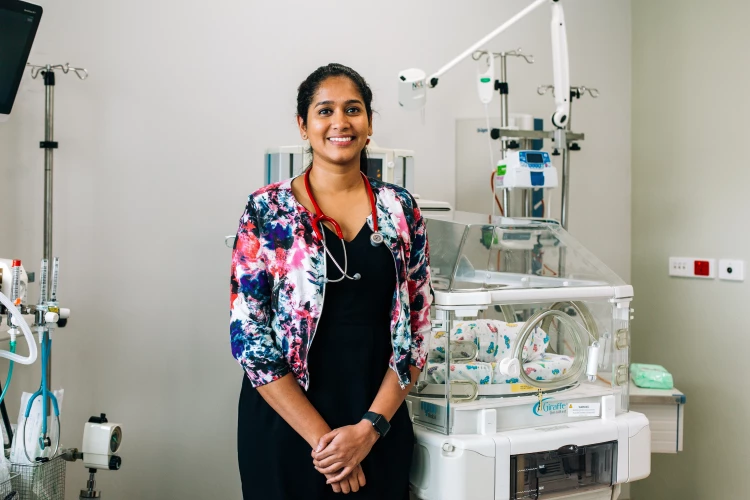
Apply for an Obstetrics & Gynaecology role
Domestically Trained Candidates
If you trained in New Zealand or Australia, search current vacancies with our districts to apply for here:
Internationally Trained Candidates
If you trained outside of New Zealand or Australia, register through our International Recruitment Centre here:
Gynaecological Oncologists
Join us in transforming women's health:
Health New Zealand - Te Whatu Ora provides a comprehensive Gynaecological Oncology service, supporting women across the country with specialised care for gynaecological cancers.
We are dedicated to improving outcomes in women’s health through innovation, collaboration, and compassionate care. Together, we strive to provide the highest standard of Gynaecological Oncology services to all women in New Zealand.
About the service:
A dedicated team of Gynaecological Oncologists, specialised nurses, radiologists, pathologists, medical and radiation oncologists and other professionals work collaboratively to provide tailored treatment plans.
Our service is grounded in the principles of Te Tiriti o Waitangi, ensuring equitable, patient-centred, and culturally appropriate healthcare for all, with a focus on meeting the unique needs of Māori and Pacific women.
How our teams work:
Our teams, in collaboration with other consultants, cover both routine and emergency Gynaecological Oncology services. The team provide a consultation and advisory service to medical colleagues in other specialties.
They provide a preinvasive service and also collegial support within the department. Multidisciplinary case review meetings are held to develop individualised treatment plans.
Locations:
The Gynaecological Oncology service is provided at two surgical cancer centres: Auckland and Christchurch serving as hubs for tertiary-level Gynaecological Oncology care in collaboration with the regional units.
The Auckland service operates primarily through National Women’s Health at Auckland City Hospital, and Christchurch through Christchurch Women’s Hospital.
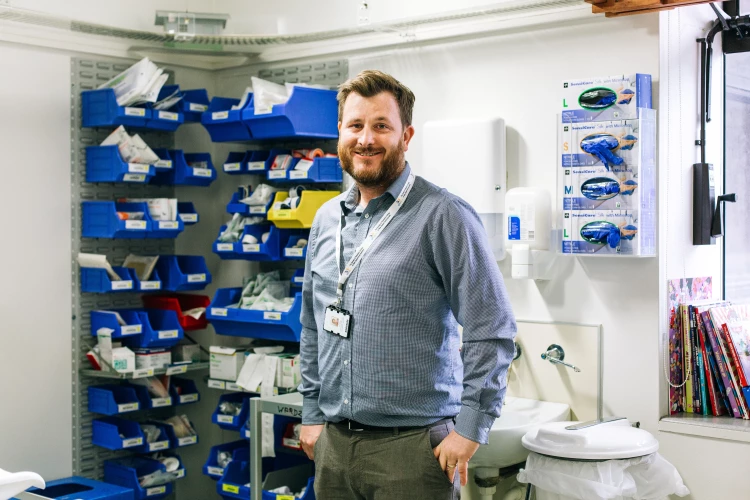
About the role
Salary, allowances & leave
Salary:
Gynaecological Oncologists receive a base salary relative to their level of experience. This is agreed upon at the time of the job offer. There is a 15-step pay scale that SMOs continue to progress through on a yearly basis.
In New Zealand, the salary and benefits of some roles are determined by collective agreements between unions and employers. The full Senior Medical Officers collective agreement can be found on the Health New Zealand - Te Whatu Ora website here.
Additional allowances are paid on top of base salary and vary due to location and service and are often not specified in the collective agreement.
Allowances:
There are a range of additional allowances for:
-
on-call,
-
evening, night and weekend work,
-
call back,
-
job size,
-
recruitment and retention,
-
and special contribution.
Leave:
-
6 weeks of paid annual leave.
-
A minimum of 10 days of sick leave per year.
-
10 days of paid Continuing Medical Education Leave (CME), plus the ability to use annual leave tacked onto the end of your CME travel.
-
6-12 months of parental leave depending on the length of service, including 6 weeks of fully paid parental leave.
-
12 paid public holidays + time in lieu/alternative holiday if rostered on.
-
Long service leave + sabbatical opportunities.
Benefits & development opportunities
Additional benefits include:
-
Reimbursement of your registration and practising certificate fees.
-
Your professional indemnity insurance is covered by Health NZ.
-
An annual Continuing Medical Education (CME) allowance of NZD $16,000 (pro-rated for part-time employees).
-
If eligible, up to a 6% matching superannuation contribution from Health New Zealand as your employer. Find out more here.
-
A relocation package for international candidates.
Benefits of working in New Zealand:
-
Great balance: New Zealand is known for its work-life balance to make the most of what the country has to offer.
-
Multidisciplinary Team (MDT): Work alongside experts in oncology, pathology, radiology, radiation oncology, and supportive care services. A supportive and dynamic environment for Gynaecological Oncologists, fostering professional growth while enabling work-life balance.
-
Work arrangements: Options for full-time, or locum positions to suit individual needs.
-
Wellbeing support: Access to wellness programs, Employee Assistance Programs (EAP), and support services for personal and professional wellbeing.
-
Exceptional quality of life: Living in New Zealand provides access to stunning natural landscapes, outdoor activities, and a family-friendly environment. The Auckland and Christchurch regions offers excellent schools, a vibrant cultural scene, and world-class amenities.
-
Continuing Medical Education (CME): Financial support and paid leave to attend conferences, workshops, and training programs locally or internationally.
-
Research opportunities: Collaboration with the University of Auckland or the University of Otago and other academic institutions for clinical trials and research in gynaecological oncology.
-
Mentorship and teaching: Engage in teaching medical students, registrars, and fellows, contributing to the future workforce.
Leadership and career development opportunities:
Opportunities can include:
-
Support and encouragement for research and publications.
-
Mentorship opportunities for apprentice Junior Doctors/Registrars.
-
Regional and National networks allow for subspeciality research and practice.
-
Ongoing development and support for career growth with on-the-job coaching and a variety of in-house training programmes.
Roles & responsibilities
-
Collaborate and work to maintain equitable Gynaecological Oncology services in line with strategic requirements.
-
Provide support to other Consultants in the specialty, routine and emergency Gynaecological Oncology services.
-
Provide a consultation and advisory service to medical colleagues in other specialties
-
Development in special interests to complement existing Consultants in the specialty and in accordance with the Health New Zealand priorities.
-
Develop appropriate services and techniques required to fulfil clinical needs, within available resources.
-
Participate in the professional supervision and appraisal of junior medical staff in conjunction with colleagues.
Required qualifications & registration
Medical qualification:
-
You must hold a Bachelor of Medicine and Bachelor of Surgery (MBChB); or
-
an overseas qualification that is assessed as equivalent to New Zealand standards by the MCNZ.
Subspecialty Qualification:
-
You will need CGO accreditation (Gynaecological Oncology certification with the Royal Australian and New Zealand College of Obstetricians and Gynaecologists (RANZCOG)),
-
or equivalent subspecialty qualification in Gynaecological Oncology.
Colposcopy Accreditation
Registration with the Medical Council of New Zealand (MCNZ):
To apply for Vocational Registration, you need either:
-
the Fellowship with the Royal Australian and New Zealand College of Obstetricians and Gynaecologists (FRANZCOG) qualification in; or
-
an international postgraduate medical qualification in O&G, where your combination of qualifications, training and experience will be assessed against the standard of the FRANZCOG.
-
More information on international medical graduates' registration pathways can be found in the 'Information for international candidates'.
-
Annual Practising Certificate (APC):
-
To practice as a Gynaecological Oncologist you must hold a valid Annual Practising Certificate (APC) with the MCNZ which is renewed annually.
-
To maintain the APC, you must:
-
Provide evidence of ongoing competence.
-
Demonstrate participation in Continuing Professional Development (CPD) activities.
-
Information for international candidates
Registering to work as a Gynaecological Oncologist in New Zealand:
To work as a Gynaecological Oncologist in New Zealand you will need to obtain Vocational Registration with the Medical Council of New Zealand (MCNZ).
Pathways to Vocational Registration in the scope of Obstetrics and Gynaecology include:
1. Direct pathway to Vocational Registration:
-
If you are an International Medical Graduate (IMG) with specialist qualifications from countries with medical systems deemed equivalent to New Zealand’s (e.g., Australia, the UK, the USA, Canada, or some European countries), you may be eligible to apply directly for vocational registration without needing to first obtain general registration.
-
In this pathway, the Medical Council of New Zealand (MCNZ) will assess your specialist qualifications, clinical experience, and the medical system where you trained. If these are deemed equivalent, you can apply directly for vocational registration in your specialty (such as Obstetrics and Gynaecology).
-
This pathway allows experienced specialists to bypass general registration and the provisional general phase, which is typically required for doctors without a recognised specialist qualification.
- During this Vocational Registration period, a specialist who practises in the same area of medicine as you will supervise you.
2. Provisional Vocational Registration pathway
-
If the MCNZ determines that your qualifications and experience are largely equivalent but that you need some orientation or assessment within the New Zealand healthcare system, you may be granted provisional vocational registration.
-
This means you’ll practice in your specialty under supervision for a period, typically between 6-12 months, before being granted full vocational registration.
-
During this provisional Vocational Registration period, a specialist who practises in the same area of medicine as you will supervise you.
3. General registration pathway
-
Some IMGs who do not meet the criteria for direct vocational registration may first need to obtain general registration if their qualifications and experience are not recognized as equivalent.
-
This process to gain Vocational Registration includes:
-
A period of Provisional General Registration (with supervised practice) if necessary.
-
After obtaining General Registration, they can later apply for Vocational Registration once they have completed any further assessments or additional supervised practice required by the MCNZ.
-
Take the self-assessment
The Medical Council of New Zealand have a self-assessment tool to help you easily determine which registration pathway you should take.
Use the Medical Council's self-assessment tool
Find out more about life in New Zealand
We have a page dedicated to providing information to candidates about our recruitment process, what you need to work in New Zealand and key details about moving here.

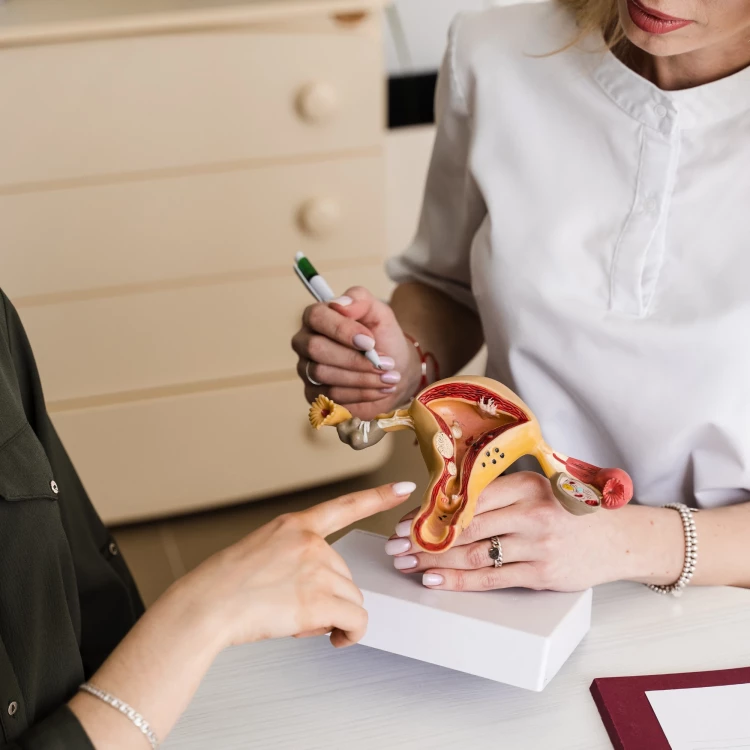
Looking to move to New Zealand to work as an O&G Specialist?
Great news! Obstetricians and Gynaecologists (SMOs) are on Tier 1 of New Zealand's Green List which means you are eligible for a fast-tracked Straight to Residence Visa. This means you and your family can apply for New Zealand residency before you arrive, provided you have a job offer from an accredited employer, like us!
Working at Health New Zealand
'Te Whatu Ora' translates from our indigenous Māori language to 'the weaving of wellness'; which is what we are all about in our holistic delivery of world-class care for the health and wellbeing of the 5 million Kiwis in our communities.
Health New Zealand has an open and non-hierarchical approach to improving outcomes for our patients. Our cross-disciplinary collaborative way of working fosters a positive work environment where all members of our team feel supported and empowered.
Our commitment to you
We are dedicated to building a team that is representative of the communities that we are serving. We are committed to supporting health equity in our communities. Our kaimahi (staff) thrives on the diversity and inclusion of all perspectives and cultures, and we welcome individuals from all backgrounds and lived experiences.
Health New Zealand has programmes and facilities available to both protect and improve our teams’ physical, mental and emotional health and wellbeing. We know that you do your best work when you’re feeling your best, so it’s important to us that this is a priority.
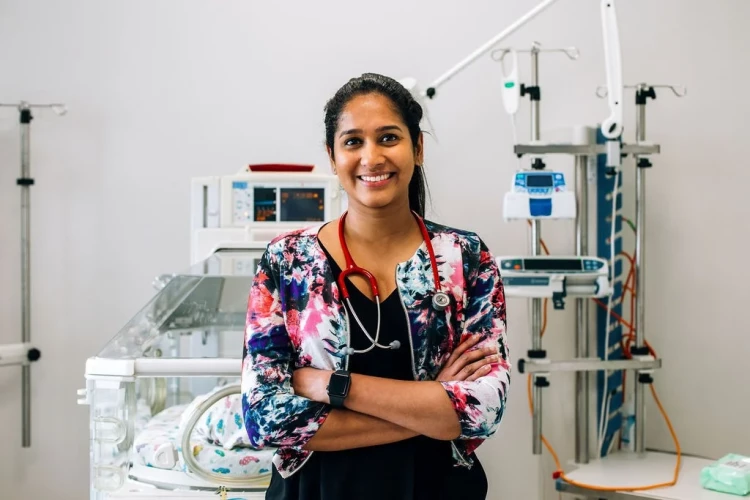
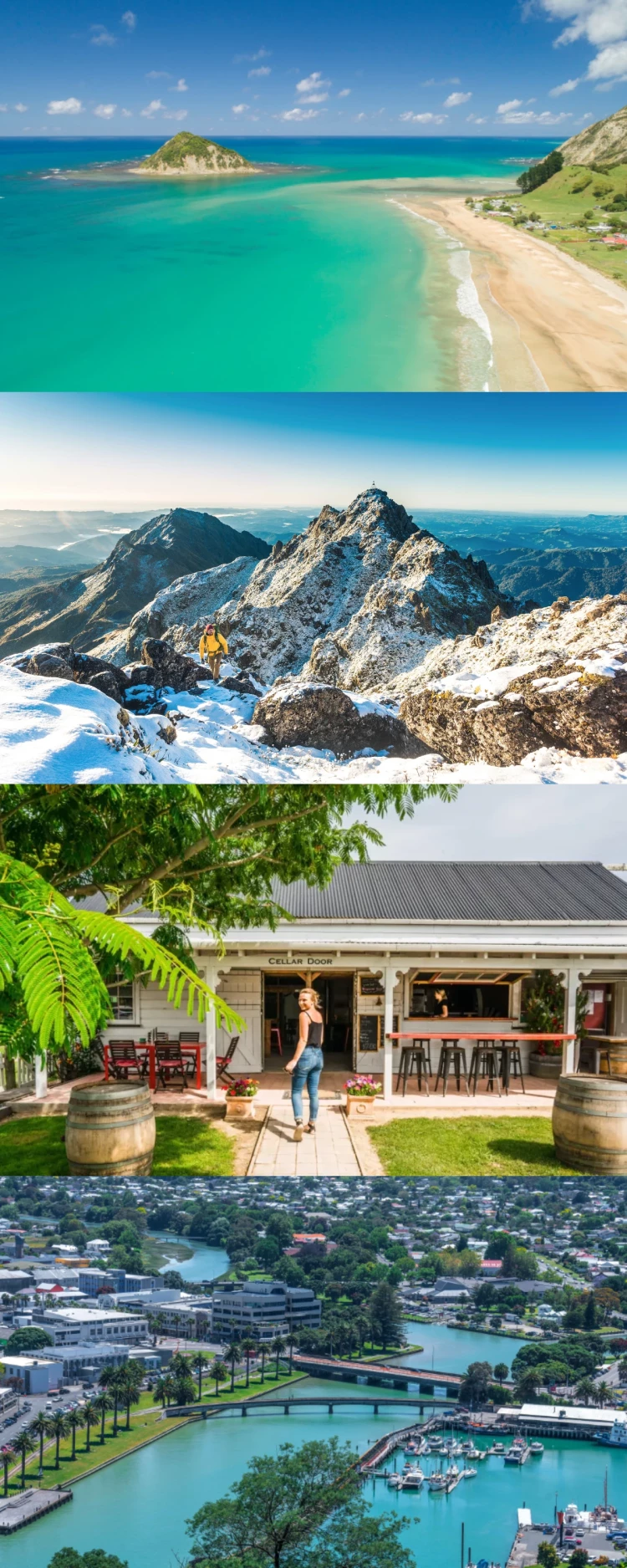
Find your home in Tairāwhiti/Gisborne
Wonderful opportunities are available across New Zealand and a great example of this is in the stunning location of Tairāwhiti /Gisborne. Living in Tairāwhiti offers a blend of natural beauty, cultural richness, and a sense of community, making it a unique place to call home.
Some great reasons why Tairāwhiti (Gisborne) should be home to live your best life in a role you love within diverse communities.
Stunning natural beauty:
Tairāwhiti is known for its gorgeous beaches, lush landscapes, and scenic coastline. It’s a haven for outdoor enthusiasts, with excellent opportunities for surfing, hiking, and exploring areas like the East Cape.
Rich cultural heritage:
The region has a strong Māori cultural presence, which is celebrated through local festivals, art, and traditional experiences. This cultural depth adds to the uniqueness of living in Tairāwhiti, offering a deep connection to New Zealand's heritage.
Relaxed lifestyle:
Gisborne offers a slower pace of life, making it ideal for those seeking a work-life balance. The community is close-knit and friendly, which fosters a welcoming environment.
Cost of living:
Compared to larger urban areas like Auckland or Wellington, the cost of living in Gisborne is generally lower, making it an attractive option for people looking to settle down without the high-cost pressures found in major cities.
Vibrant local economy:
Tairāwhiti is a hub for agriculture, viticulture, and tourism, offering diverse career opportunities, especially for those interested in sustainable practices. It’s also known for producing excellent wine.
First sunrise in the world:
Gisborne is one of the first places in the world to see the sunrise, which adds a unique aspect to the region and its appeal to both residents and tourists.
Quality healthcare and education:
The region has access to quality healthcare and educational facilities, making it suitable for families and professionals alike.
Photo locations, from top to bottom: Anauru Bay; Mount Hikurangi (credit: Eric Hanson); Bridge Estate Winery (credit: Brook Sabin); Gisborne City.
Explore Aotearoa
New Zealand - Aotearoa has been in the top 5 countries in the Global Peace Index every year since it launched in 2009 and has a broad range of places to call home, from the bustling metropolis of our main centres, to the easy-going vibe of our coastal or rural communities.
Find out more information about what part of our beautiful country is the best fit for you.
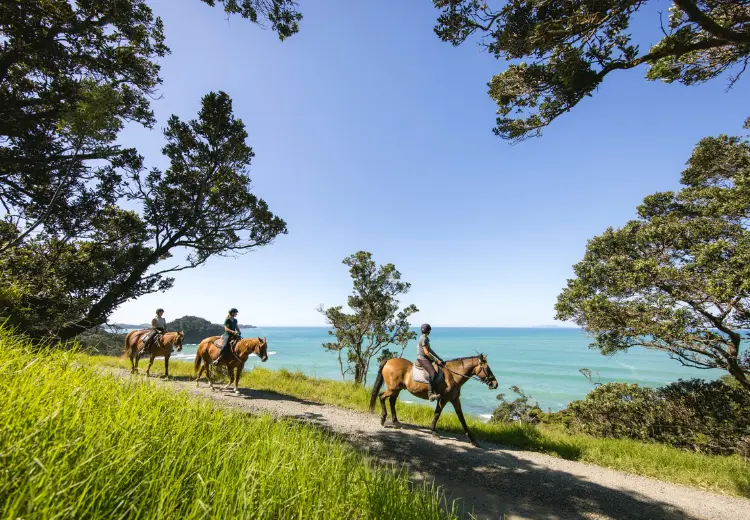
Te Tai Tokerau Northland
Population: 194,600
Northland is a beautiful and diverse region of Aotearoa, New Zealand with plenty to offer visitors. Whether you're interested in water sports, historic sites, natural beauty or ancient Kauri trees—Northland has it all!
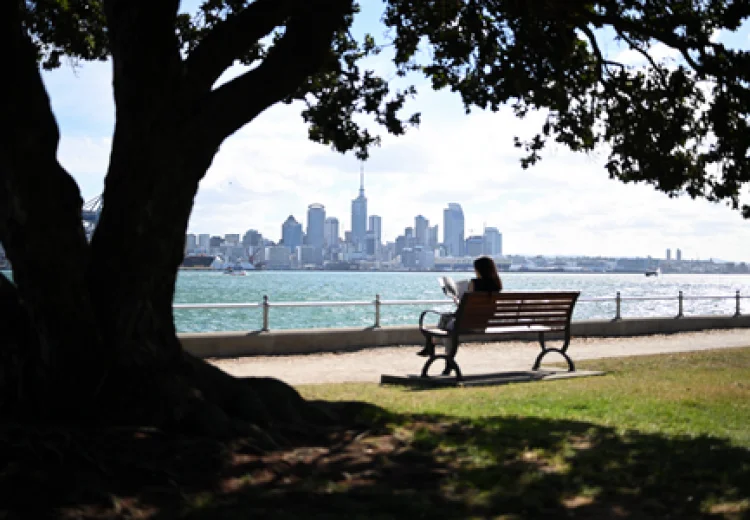
Waitematā
Population: 650,000
Waitematā is the largest and one of the most rapidly growing Districts serving the largest population of all Health New Zealand. Waitematā offers a balanced lifestyle that combines the convenience of city living with the natural beauty and community spirit of suburban life.

Te Toka Tumai Auckland
Population: 500,000
Auckland the "City of Sails" is Aotearoa, New Zealand’s largest city and commercial hub. It’s where metropolitan sophistication meets breathtaking natural beauty. Auckland is filled with a variety of warm and welcoming communities, packed with new places to explore.
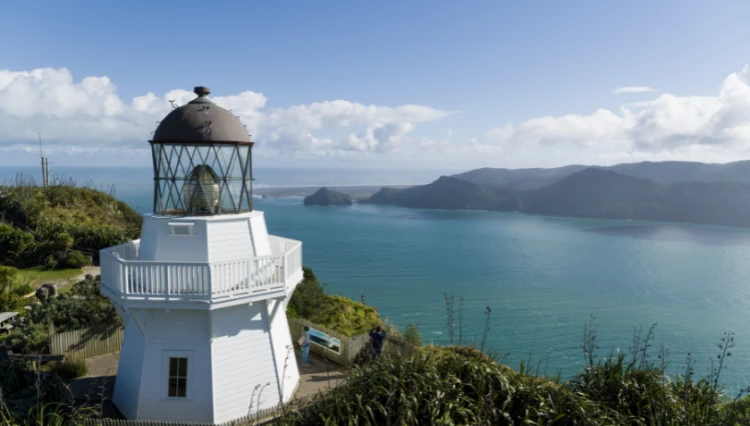
Counties Manukau
Population: 500,000
Counties Manukau is a vibrant place where there's never a dull moment! Living and working here ensures you're always close to amenities, events and nature. You'll never run out of places to visit or things to do.
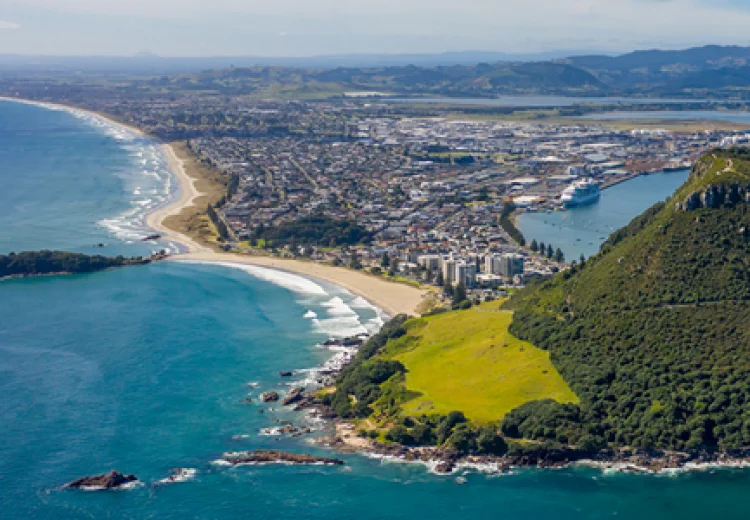
Hauora a Toi Bay of Plenty
Population: 255,110
The Bay of Plenty is a place of beautiful harbours, long surf beaches and an easygoing lifestyle. We showcase the perfect place to explore a wide range of nature-based pursuits – this gives the people of the Bay of Plenty the chance for a better work-life balance.

Waikato
Population: 425,000
The Waikato region is known for its natural beauty, rich Māori culture, and agricultural heritage with something to offer visitors of all interests.
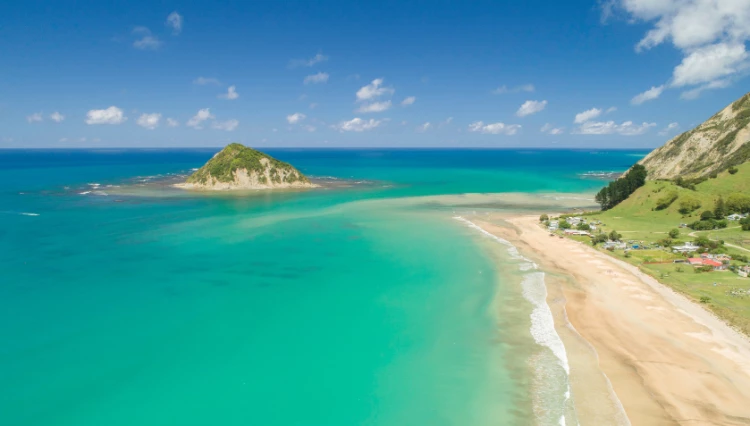
Tairāwhiti Gisborne
Population: 48,000
In family-friendly Tairāwhiti you will experience an easier pace to life that allows you to pause, reflect, and enjoy a true work-life balance. Gisborne’s relative isolation is its charm, surrounded by beaches & nature - don't worry though! Larger cities are only a quick flight away.

Lakes
Population: 110,000
The Lakes District is well known for its geothermal activity and natural hot springs. The area is located in the central North Island and is home to many geothermal attractions, such as geysers, hot mud pools, and steam vents. Visitors can also relax in the region's natural hot springs, which are believed to have healing properties.

Taranaki
Population: 130,000
Taranaki is a magical place with a majestic mountain at its heart, including the rugged coastline that's world-renowned for its surf. Its residents' love of art and culture, cafes and outdoor living mean it's also fantastic to work—and play!

Te Matau a Māui Hawke's Bay
Population: 180,000
Known for its world-class wineries, stunning beaches and temperate climate, Hawke’s Bay boasts a lifestyle that is unmatched. The region is a popular destination for food and wine tourism, hiking, cycling and cultural events such as the annual Art Deco festival.
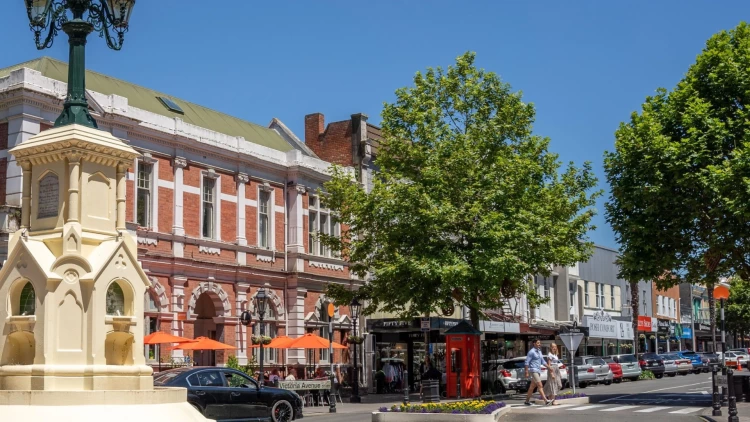
Whanganui
Population: 65,000
Whanganui has something for everyone. Our centrally located region offers access to outdoor activities such as kayaking, skiing, surfing, tramping, cycling, fishing and hunting. Nestled between two snow-capped mountains, on the banks of Whanganui River there is always plenty to do and explore.
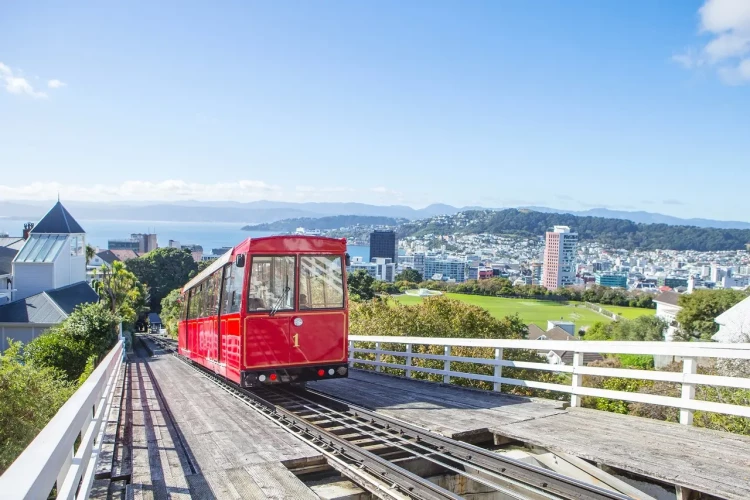
Capital, Coast and Hutt Valley
Population: 445,000
Wellington, the capital city of Aotearoa New Zealand, is a bustling and diverse hub of culture and cosmopolitanism, renowned for its lively cafés, restaurants, and internationally acclaimed sporting and cultural events, all set against the stunning backdrop of a natural harbour. To the north of Wellington lie the regions of Porirua, Kapiti, and Hutt Valley.
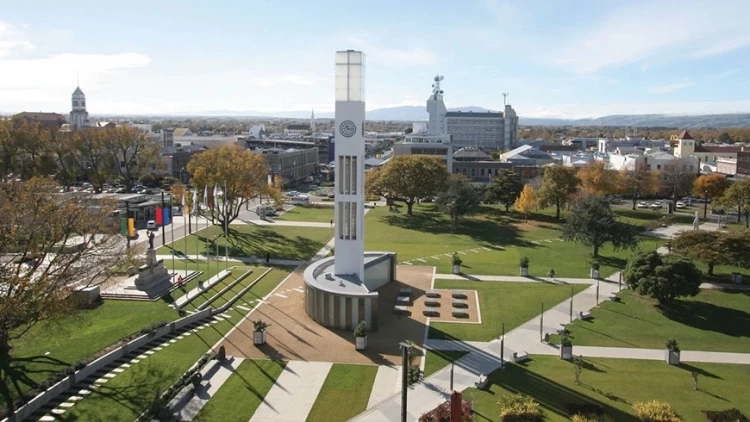
Te Pae Hauora o Ruahine o Tararua MidCentral
Population: 190,000
Get the best of both worlds - the perfect blend of rural and city living with the mountains, city and sea at your fingertips.
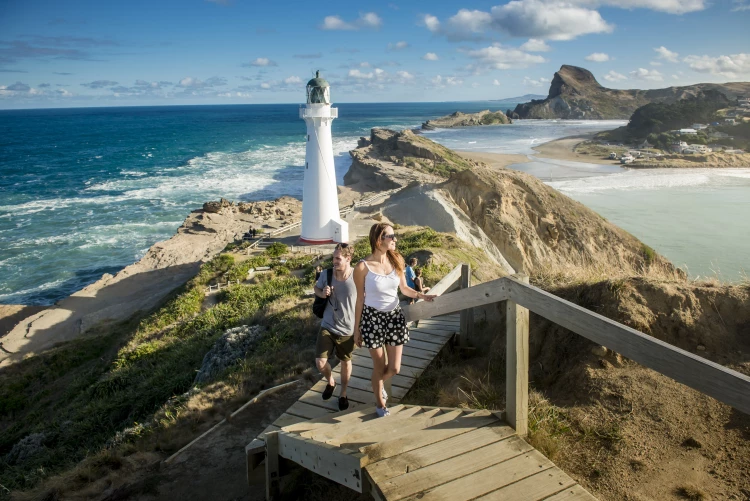
Wairarapa
Population: 48,000
From rugged coastlines, boutique vineyards to lush forests, Wairarapa is a slice of paradise for those who love the outdoors and seek a peaceful environment to recharge after a rewarding day's work.
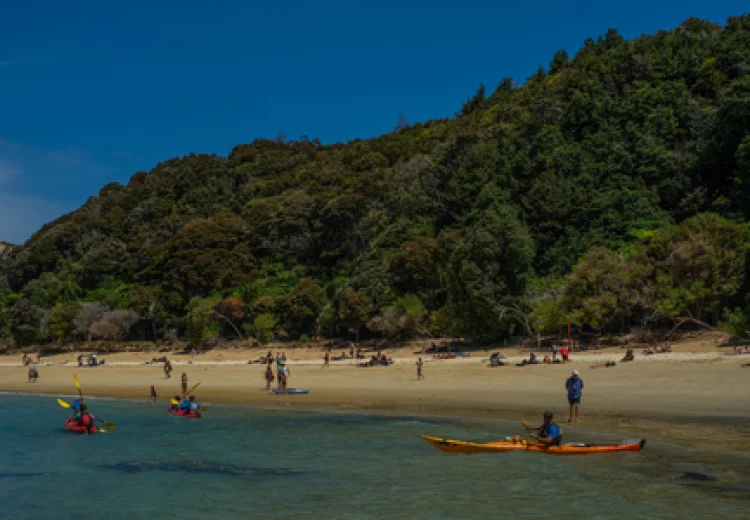
Nelson Marlborough
Population: 150,000
Nelson Marlborough has been dubbed the artistic capital with a thriving urban centre and one of New Zealand's sunniest regions.
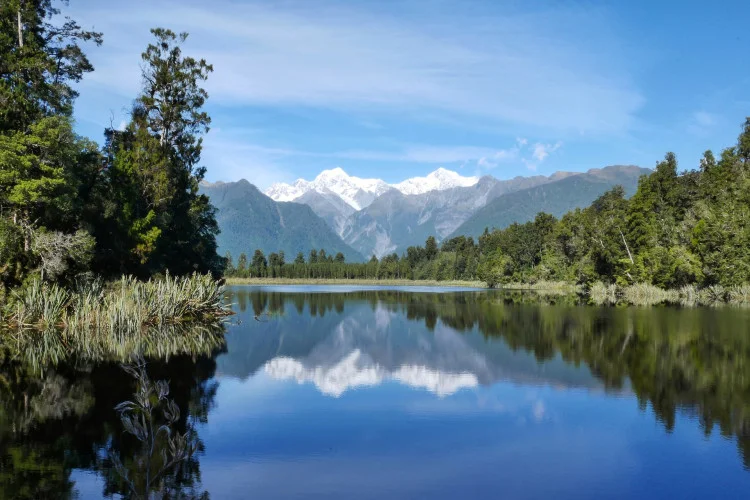
Te Tai o Poutini West Coast
Population: 32,000
Te Tai o Poutini/West Coast has views of both the mountain ranges and the ocean! It is an untamed natural wilderness of beautiful rivers and rainforests, glaciers and geological treasures.

Waitaha Canterbury
Population: 600,000
The Canterbury region is a great place to live and work due to its natural beauty, vibrant economy, cultural diversity, strong community, and high quality of life.

South Canterbury
Population: 62,000
The South Canterbury District is an area of stunning beauty with great lifestyle opportunities, a safe and welcoming family-friendly environment, affordable living, excellent educational opportunities and a wide range of cultural and sporting facilities.
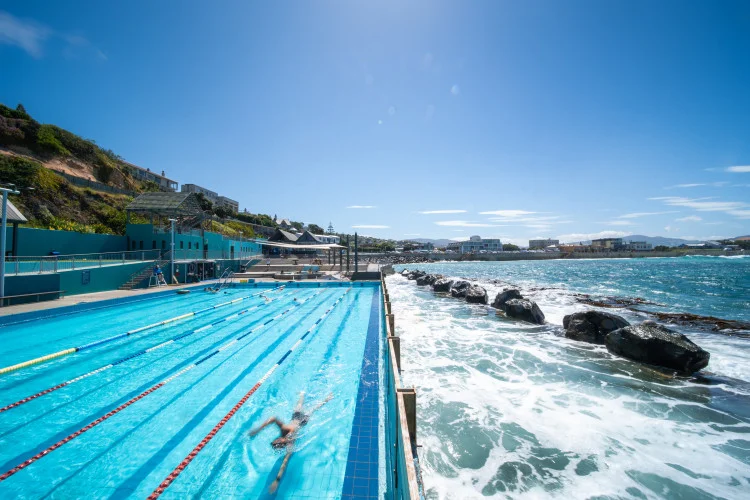
Southern
Population: 350,000
Well known for its beautiful natural scenery, which includes towering mountains, stunning fjords, majestic glaciers, and crystal-clear lakes. The region is also famous for its friendly communities, charming towns, and vibrant cities such as Dunedin and Invercargill.
Webinar: Registration for Senior Medical Officers
Health New Zealand’s Health Immigration Service, Kiwi Health Jobs, Immigration NZ and the Medical Council of New Zealand have run joint webinars to take you through the different steps towards starting a new adventure in New Zealand - Aotearoa.
Learn more about moving to our beautiful country, directly from the people who process your applications.

|
Photo location: Lake Karapiro, Waikato - Credit: Camilla Rutherford |
